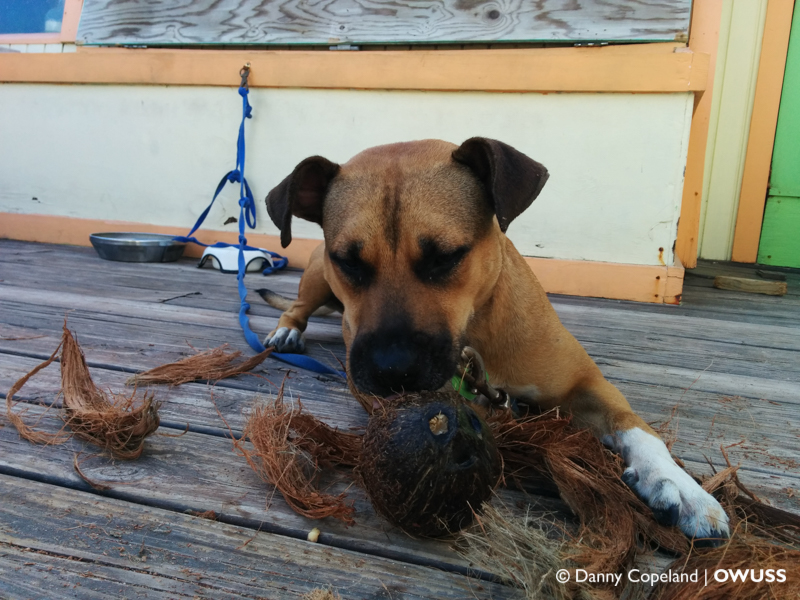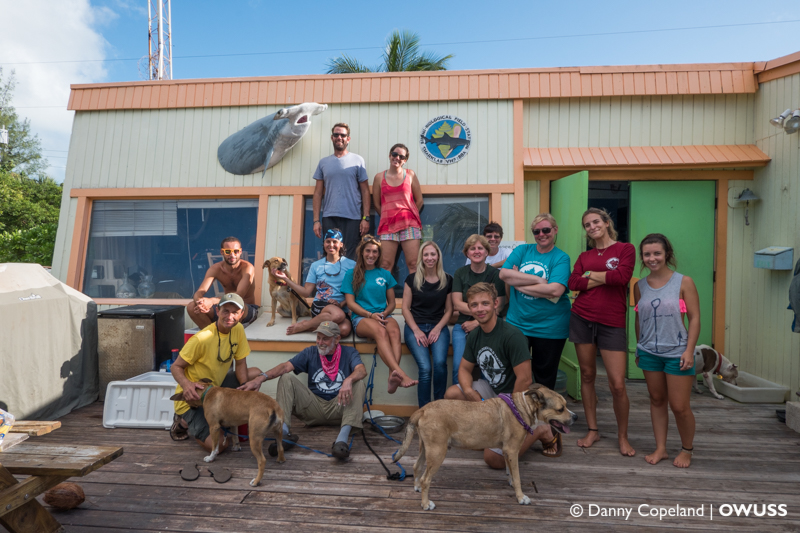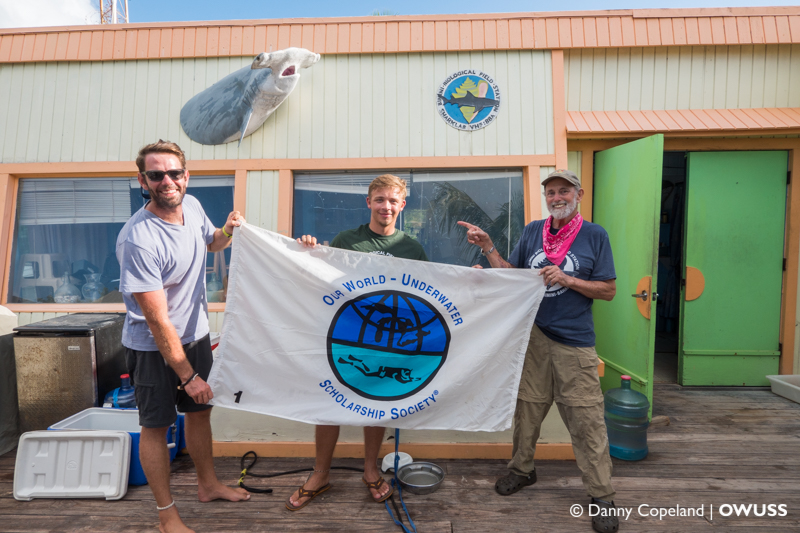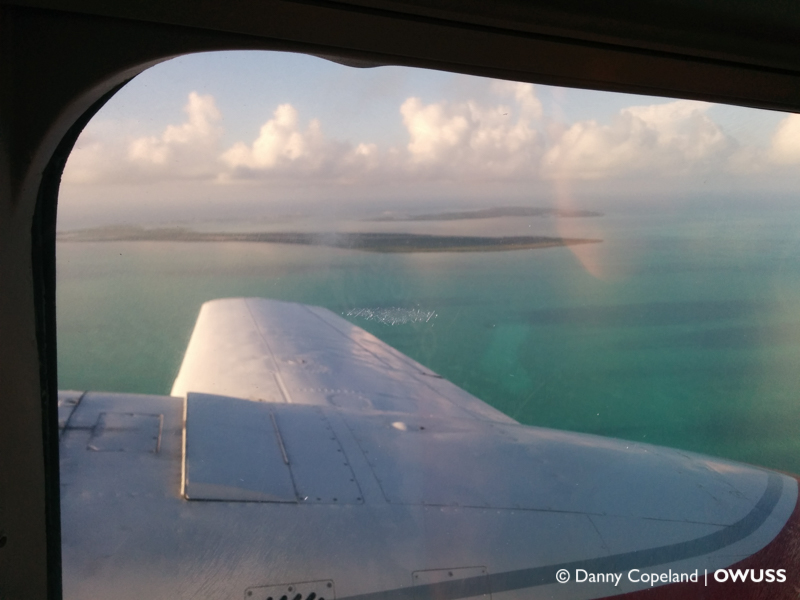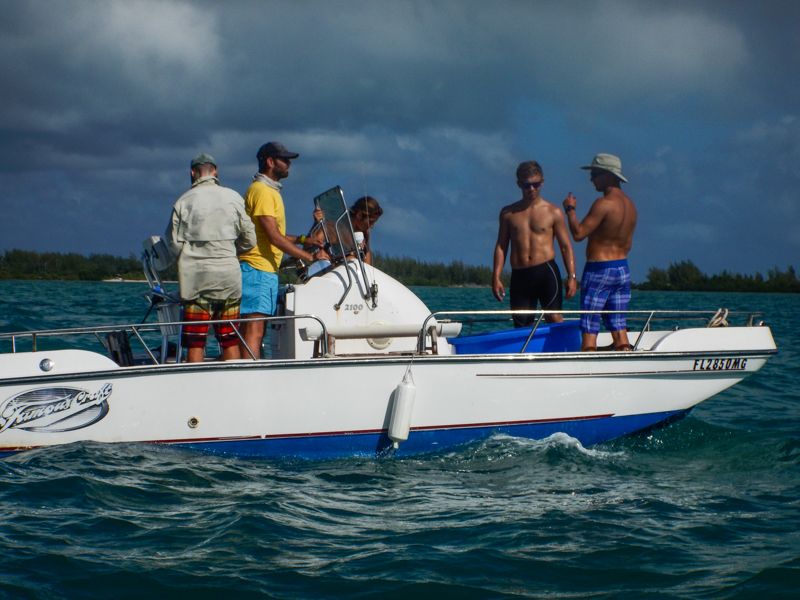———————————
Be sure to follow the new European Rolex Scholar Facebook page for more regular updates on my adventures and those of future EU scholars. ?
———————————
“Anthony, come back to Tristan….come back to Tristan.” Anthony quickly picked up his walkie-talkie, whilst continuing to casually bounce our little boat across the rolling waves. “Anthony to Tristan, go ahead.”
“Just thought you’d like to know…we have one…a great hammerhead just turned up.” Everyone on the boat went silent, and looked over at Anthony with growing smiles. I was the first to respond. “Umm…Anthony…dude…did he just say they have a hammer-…”
“Thanks Tristan, we’re on our way!”
Following my stop-off in nearby Florida with the ever-awesome Jeff and Missy, the next leg of my tour of North America saw me heading off to Bimini – a small unsuspecting island on the western edge of The Bahamas. If you haven’t been before, don’t let the island’s sleepy Caribbean vibe fool you. Bimini is one of the most exciting places to visit as a diver, particularly if you’re a fan of sharks!
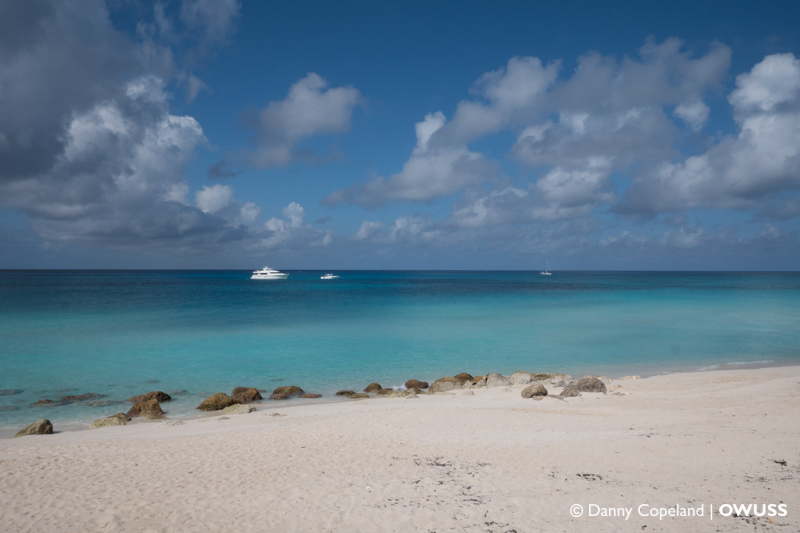
I recently spent five days at the Bimini Biological Field Station (more commonly known as the Shark Lab) to take part in a Research Experience week. Set up by Samuel ‘Doc’ Gruber, this miniature lab nestled inside a mobile-home has spent the last 25 years researching the different shark and ray species in the waters around Bimini, in order to advance the world’s understanding of these misunderstood fishes. In addition to pioneering research, the Shark Lab regularly conducts outreach activities to engage the public in their work, and the five day Research Experience is their most recent brainchild. I have known about the Shark Lab since I was 16 years old, and for many years I dreamed of being able to volunteer there to gain practical experience in shark and ray research. Whilst my career in the underwater world thus far has started leading me further away from a path in academia, the desire to visit the Shark Lab has never left me. In fact, it’s grown larger! If you have any involvement in the world of elasmobranch conservation, it’s almost a right of passage to spend some time at the Shark Lab. Needless to say, it was a dream come true when the opportunity to visit finally came up, courtesy of Jeff & Missy’s ridiculous generosity!
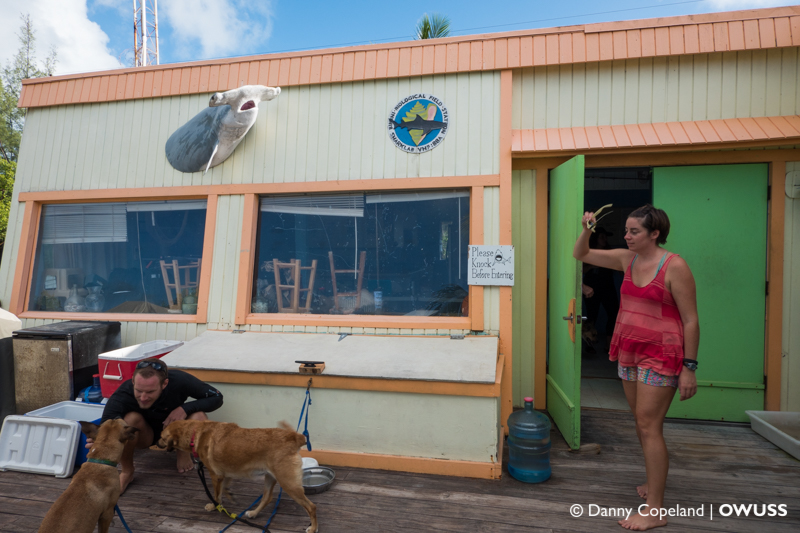
The general gist of the Research Experience week is to give participants a crash course in as many of the Shark Lab’s research activities as possible. So when we touched down in Bimini around midday on day one, Anthony (the lab’s Outreach Coordinator) wasted no time in getting us stuck in. Within a few hours we were out at sea, dangling on a safety rope whilst the crew chucked a few tubs of bait into the water. In even fewer minutes, we were treated to a dozen Caribbean reef sharks circling the boat at eye level only a few metres away – an awesome way to kick-start the week!
On the way back to base, Anthony received word that the Lab’s Director, Dr. Tristan Guttridge, and his team of volunteers had successfully baited in a Great Hammerhead! By the time our little skiff had pulled up alongside their’s, the three-metre female affectionately known as Medusa could be seen some ten metres below, circling the baited line. In the last few years the Lab has kick-started a new project to study the movement patterns of these elusive and charismatic sharks, who can be seen with some regularity in Bimini between December – March each year. On this occasion, the original plan was to catch the hammerhead on the baited line, bring her up to the side of the boat, collect various body measurements and tissue samples for genetic analysis before releasing her, all in under 15 minutes in order to minimise any stress to the animal.
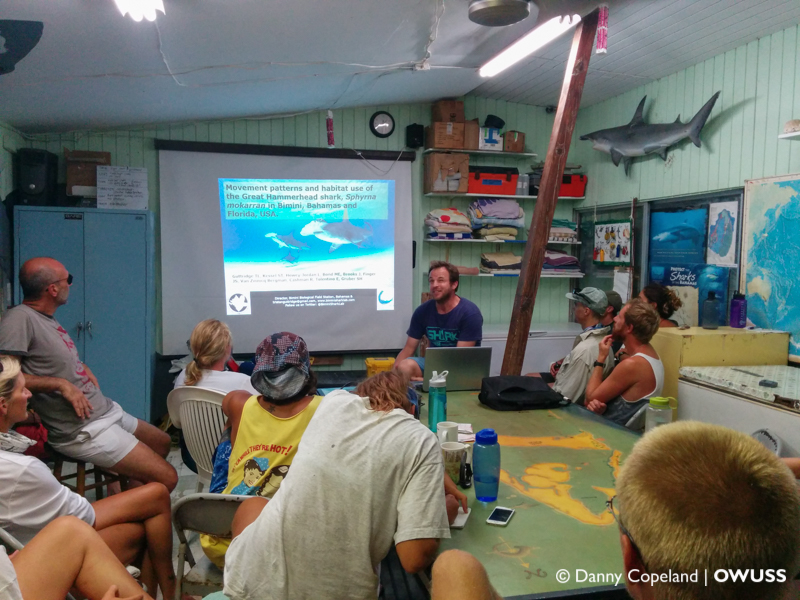
Of course, Medusa was far too clever for us. She tactically picked away at every other piece of bait that Tristan and the team put onto the sandy bottom, all the while ignoring the piece that was attached to the line. It was already late in the afternoon, and after an hour of patiently waiting for Medusa to play ball, Tristan made the executive decision to leave her be and let us jump in to snorkel with her for as long as she would stick around. I’ll tell you now, freediving down to a clear, empty sandy bottom in the Bahamas to spend a minute at eye-level with a Great Hammerhead at sunset was one of the most incredible wildlife encounters I’ve experienced to date.
The next day we were taught how to safely catch and handle baby lemon and nurse sharks held in the red-netted ocean pen, before getting stuck in and collecting size measurements and tissue samples ourselves. That same evening we went on to learn how these juvenile sharks are captured in the first place, by going out into the shallows around the island and surveying a temporary wall of lemon-shark-specific gill nets. The process involved walking up and down the nets, in waist-high water, every 15 minutes to minimise the amount of time any juveniles were caught in the line. Whilst the surveys were hard work and dominated by pesky mosquitos from the neighbouring mangroves, enjoying the insanely stunning night sky between each survey was something I’d never tired of.
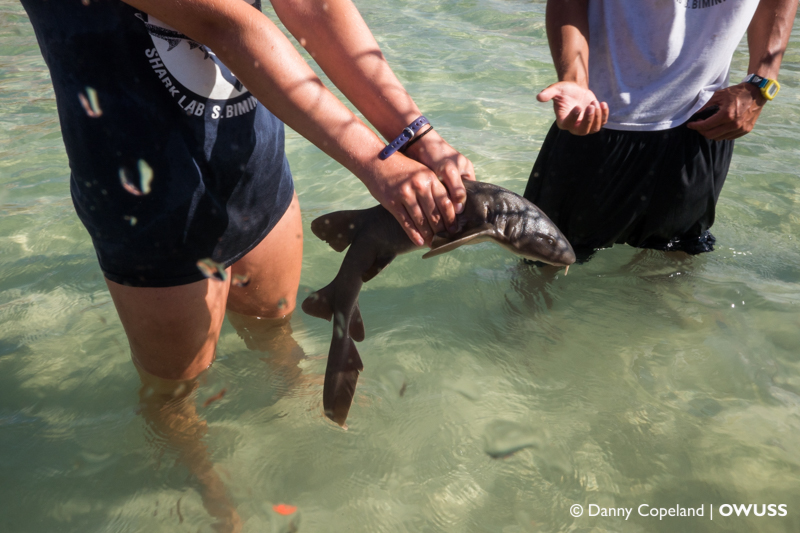
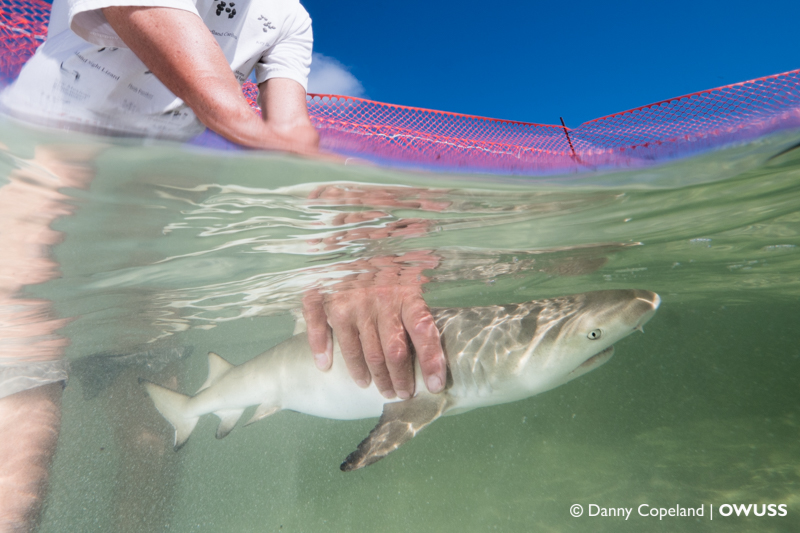
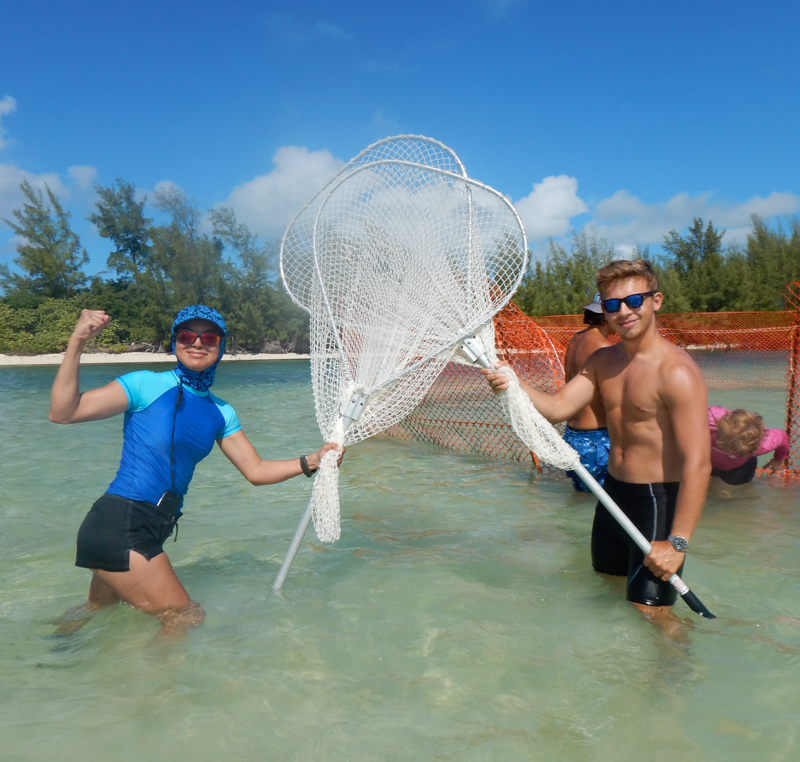
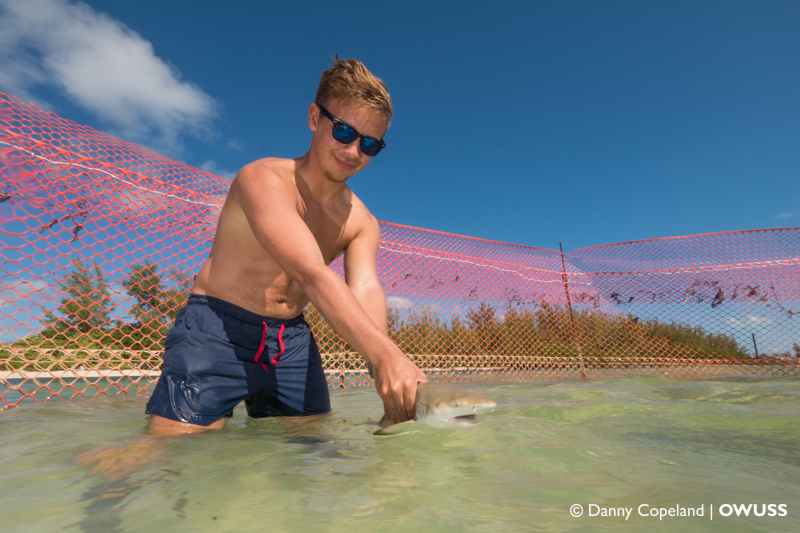
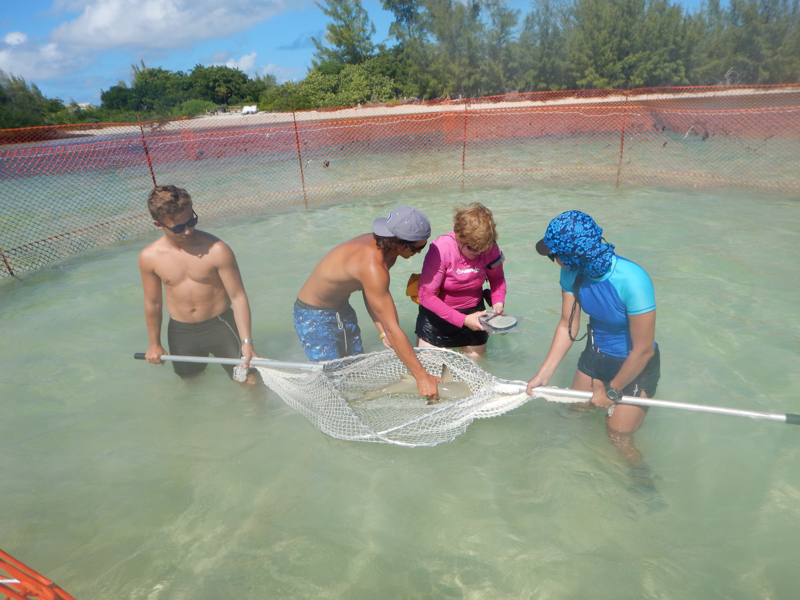
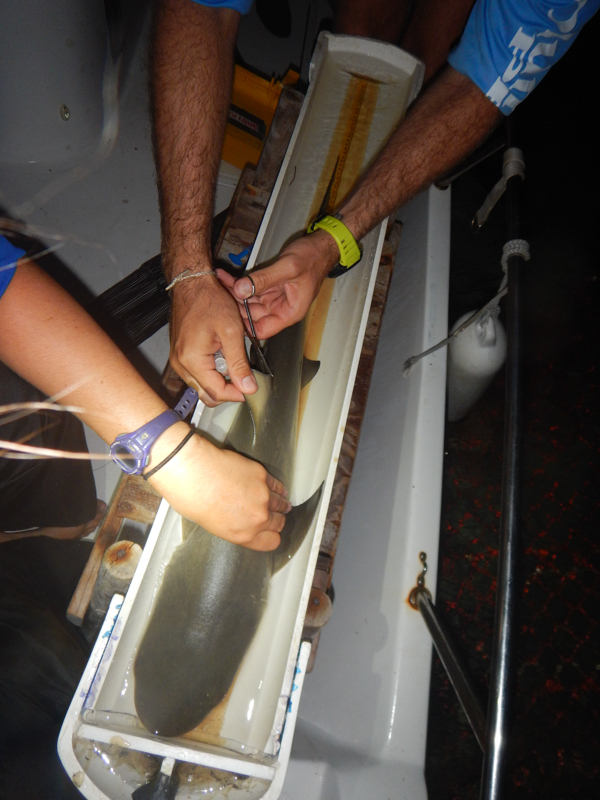
The coming days were jam-packed with too many activities to recount here in detail. We were treated to talks by Tristan about the history of the lab and the different research conducted their, past and present. On another day our group were also led to the famous Aya’s Spot, a secret little opening in the mangroves where baby lemon sharks can be seen slaloming through a meshed network of twisted roots and leaves. Towards the end of our stay, we were even lucky enough to bait in and snorkel with yet another great hammerhead!
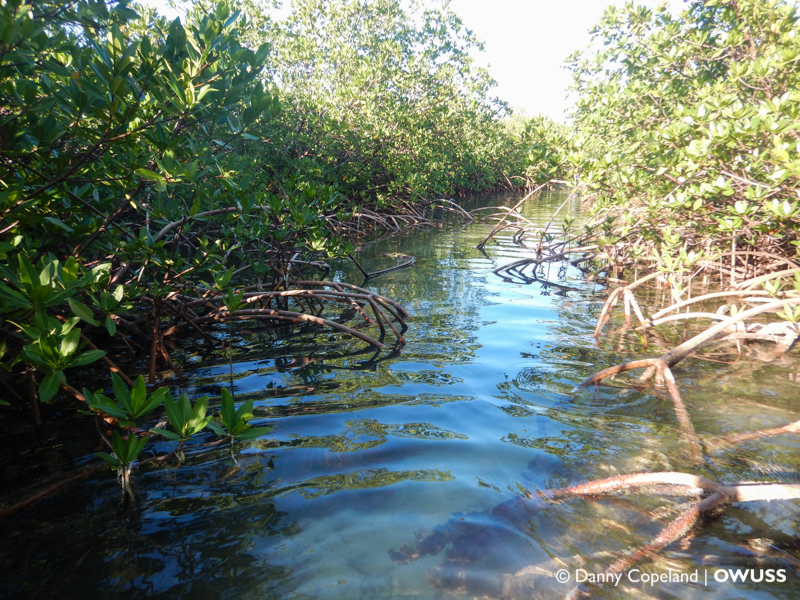
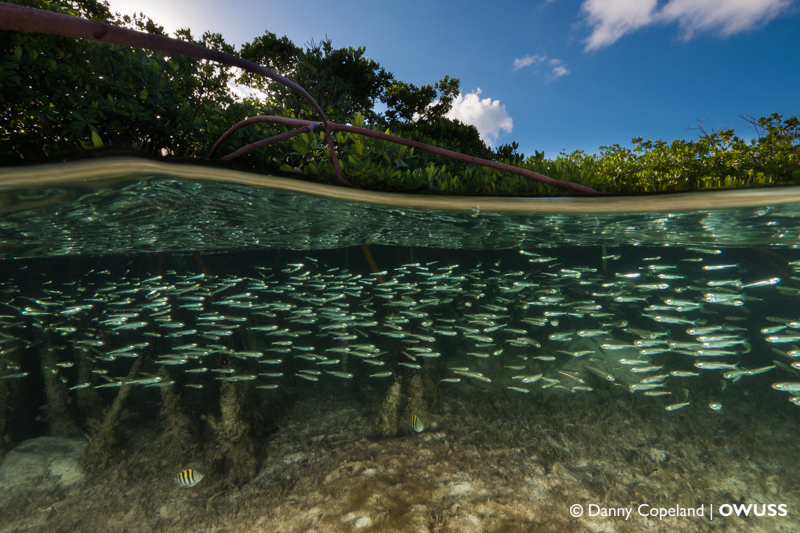
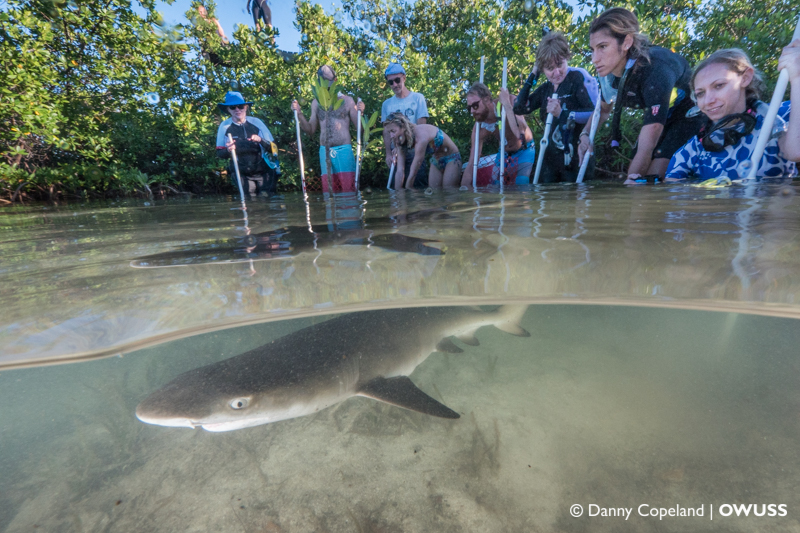
———–
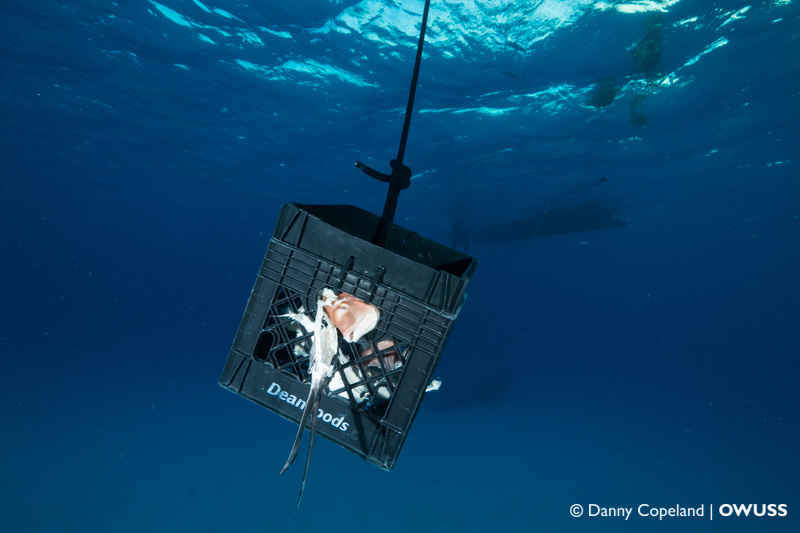
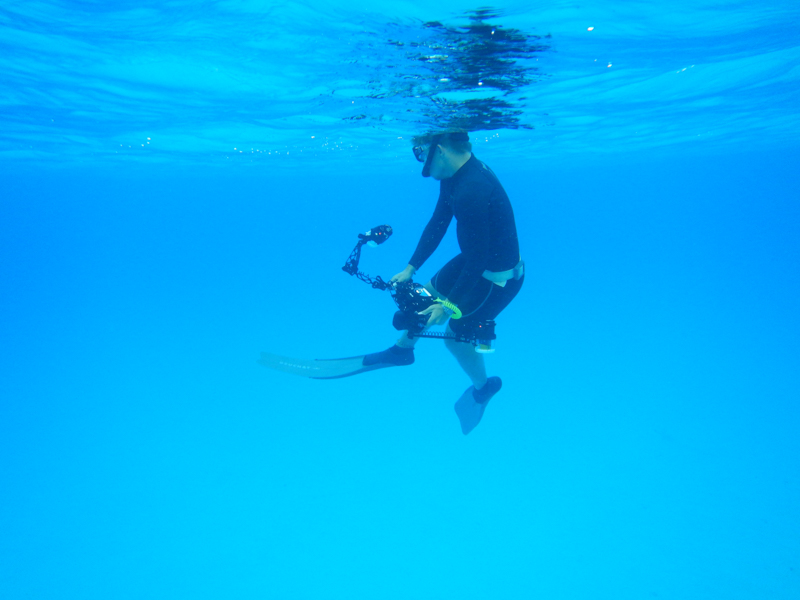
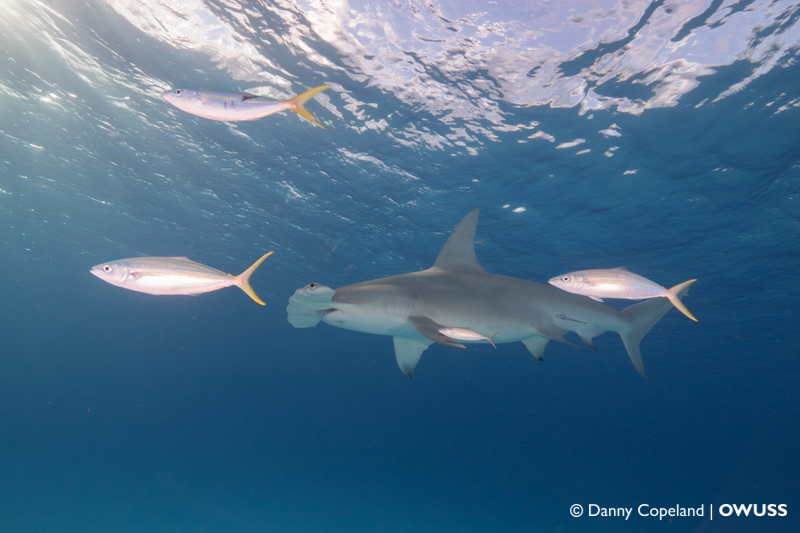
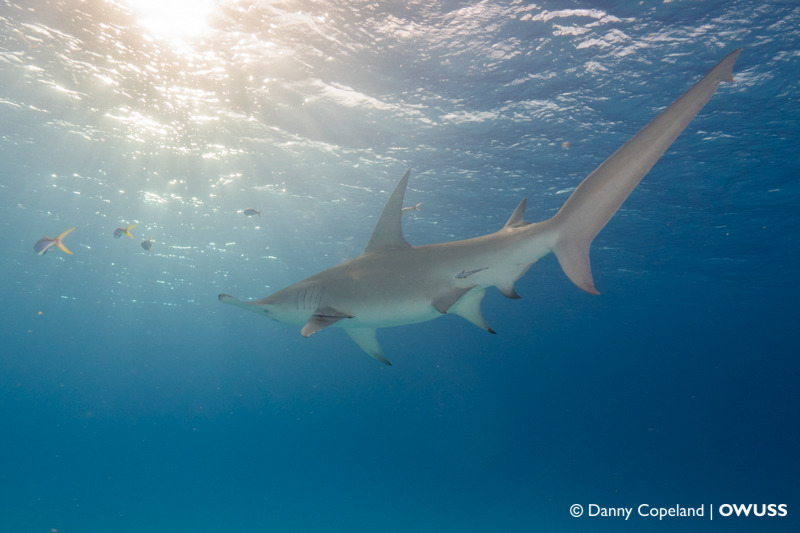
Visiting the Shark Lab was a truly special experience for me. I believe engaging people, getting them up close and personal with marine life and involved in the research process is an immensely powerful way of reconnecting people with the oceans. The Shark Lab really have nailed this method of reconnection in their outreach activities, particularly with the Research Experience. Their work is not only advancing our understanding of sharks and rays, but is changing the mind-sets of people who may previously have been nervous, even terrified of these animals. It’s clear they’re doing something right, when the majority of people on my Research Experience were visiting the lab for the second or third time!
I’d like to extend a huge thank you to Doc & Marie, Tristan & Annie, Anthony and the team at the Shark Lab, as well as my friends Jeff & Missy Trotta, for providing such an incredible experience and helping make a dream of mine come true! Rest assured, this will not be the only time I ever visit Bimini – I will be back!
